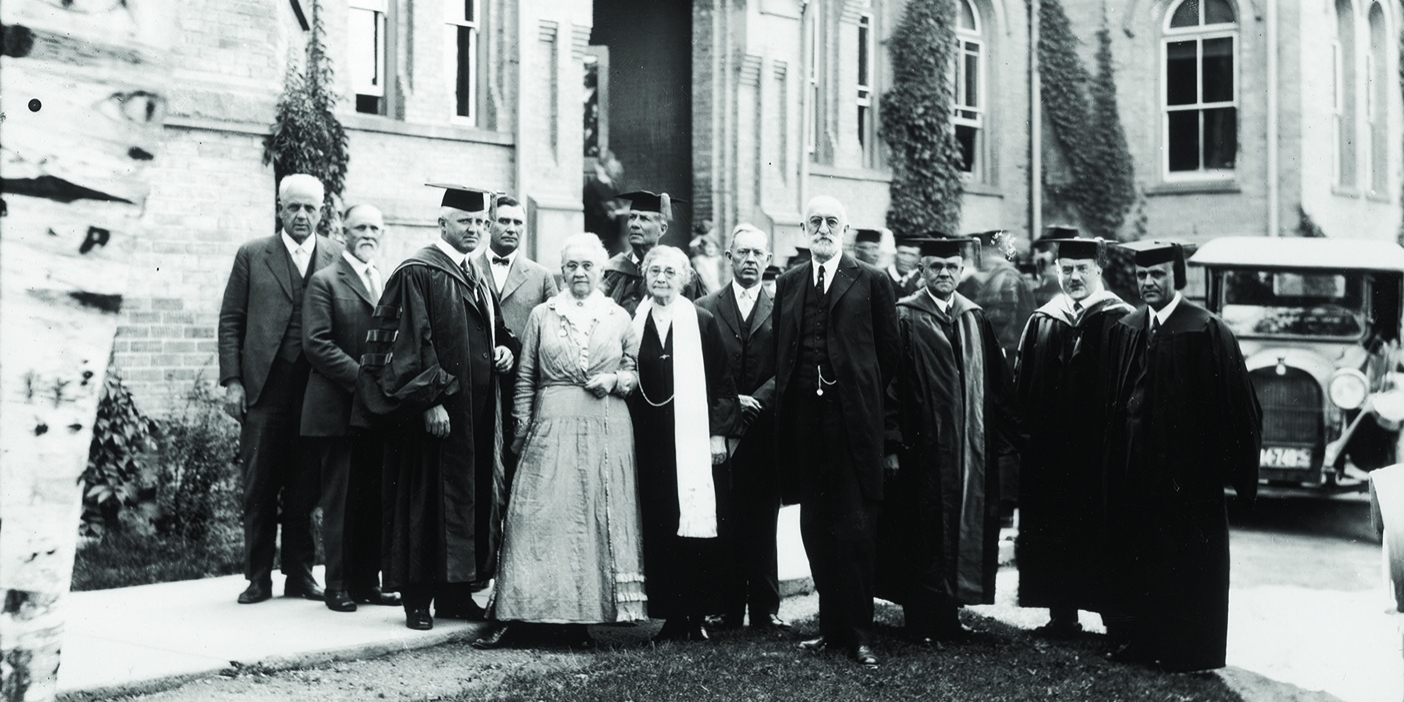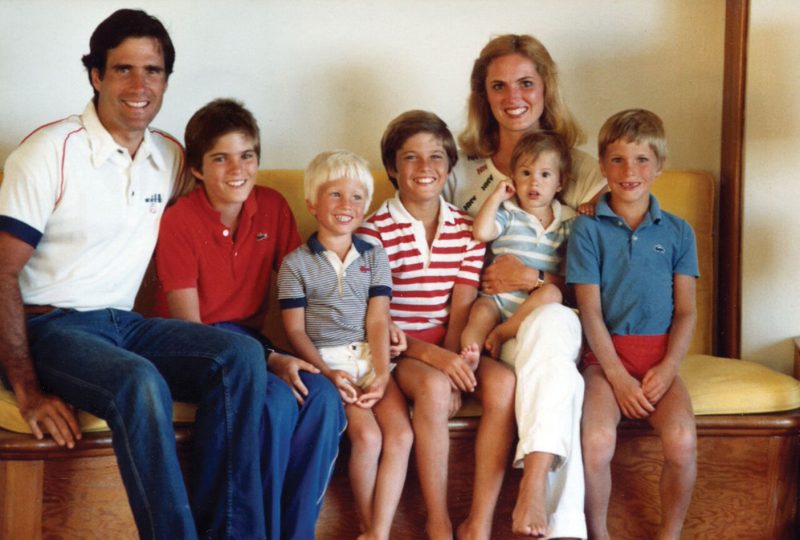Note: India Johnson (’16), a visual arts major from Minneapolis, won the $3,000 first-place prize in the 2015 George H. Brimhall Memorial Essay Contest, which paid tribute to founder Abraham Smoot. Her essay is printed below.
With nine missions under his belt, Abraham Smoot found himself in Brigham Young’s office yet again in 1870. In recognition, perhaps, of Smoot’s lengthy service, the Lion of the Lord kindly gave him a choice of assignment: “There are three places, all on par; one is as good as the other. They are Provo, Hell, or Texas. You can take your choice.”
Smoot quipped: “I would sooner go to Hell than to Provo.”
My visit to Provo as a high school sophomore left me with a similar feeling. Riding in my uncle’s car, I watched the mountains roll by. Car dealerships winked at me from the foothills as we sped down I-15. We toured the grounds in a golf cart, swallowed by a polluting haze.
I grew up in a Midwestern city, and then I outgrew it. I wanted to go to art school on the East Coast—make my mark on the art world. Ready for the coming metropolis, I was accepted to half a dozen art programs. Appeasing my mom also meant applying to BYU, as she is a grateful alum. Thankfully, the single grain of humility in me prompted me to pray my way down my list. Pratt was at the top; BYU was at the bottom. The night I made a final decision, I knew in my gut that the Lord wanted me to go to a university, not just an art school. Please, not Provo. Texas, Lord?
For me and, I suspect, for Smoot as well, falling in love with Provo itself was more blind date than instant flame. Our relationship progressed awkwardly. Where was the compost bin? The food co-op? The bike lane? I perpetually focused on the urban amenities that Provo lacked.
But in my third year, I dedicated a semester-long class to publishing a handcrafted art book about the city.
I began the project by looking up density statistics—to my surprise, downtown Provo was the most dense and walkable place in Utah. Victorian and Craftsman homes decorated the town’s underlying matrix. I took my camera on weekly rambles through the historic grid, photographing its charm. I shot images of gingerbread trim, ivy, and clothes on the line.
I learned that the early settlers of Provo based its design on an 1833 revelation. Provo’s grid materialized their utopian dream. As I set type and carved printing blocks for my book, I imagined what that idealism must have tasted like.
I thought a city tasted like moo-shu pork at 3 a.m. The people who built Provo—people like Abraham Smoot—tasted Zion.
Of Smoot’s three options, Provo may not have been the easiest. During Smoot’s time, the university burned to the ground. He led the board of trustees of a school on the brink of bankruptcy. He wasn’t sent to Provo to keep Brigham Young Academy alive, but he sustained it for two decades after Brigham’s death by mortgaging every property he owned. Was Smoot’s service just grudging duty? Or did he catch the idealism that’s baked into the bricks of this town? As I did in my art class, Smoot internalized the vision of what this place could be: a community with a center of education and worship at its heart.
Smoot made his mark with the mixture of love and sheer grit that it took to believe you could build a world-class, religious university on the American frontier. The mark I aim for is no longer the metropolis—rather, I make my mark in Provo: the slight impression of lead type on paper.












